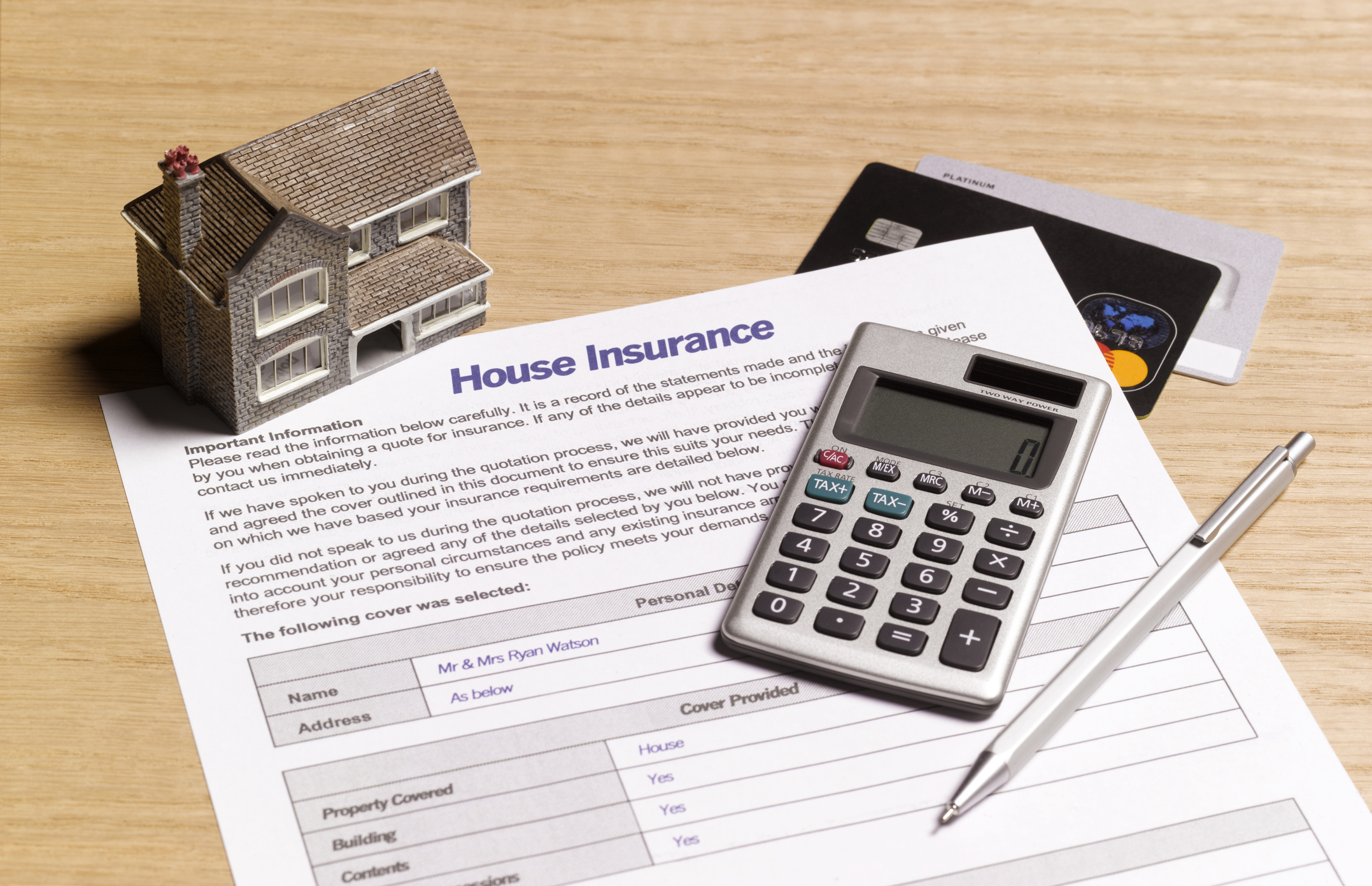
Homeowners insurance keeps getting more expensive — premiums increased 13% on average in 2024, with some states seeing rate changes of over 20%, according to S&P Global Market Intelligence. The national average cost of home insurance is $2,181 per year for a policy with a $300,000 dwelling limit, which works out to be around $189 per month, Bankrate reports.
Considering the high costs of everything from groceries to car insurance, you're likely looking for easy ways to save on your homeowner's insurance policy without sacrificing coverage. One way to do so is by raising your deductible.
But how high a deductible can you get on your homeowner's insurance? And if you boost your deductible, how much can you save on premiums?
How to save on homeowners insurance by raising your deductible
Raising your deductible is a good way to reduce your premiums, and it makes you less likely to file small claims that could result in a rate hike. So if your deductible is $500 now, increasing it to $1,000 can lower your premiums by up to 25%, according to the Insurance Information Institute (III).
The higher the deductible, the bigger the premium savings. Let’s say, for example, you have a policy with Fireman’s Fund with a $1,000 deductible and a $3,000 annual premium. You’d save about 24% by boosting your deductible to $2,500, 37% by raising it to $5,000, 47% by raising it to $10,000 and 53% by raising it to $25,000. Compare the premium savings with the extra dollar amount at risk to make sure that boosting your deductible is worthwhile.
Most insurers offer much higher deductibles, too, which is a popular strategy for people who have enough money in emergency funds to cover potential costs. For example, at insurance provider Chubb, about half of the wealthiest customers choose a deductible of $10,000 to $50,000.
“For homes here in Malibu that are valued at $10 million to $25 million, having a $25,000 deductible isn’t out of the ordinary at all,” says Derek Ross, president of Kulchin Ross Insurance Services, an independent agency in Tarzana, Cal.
Use our tool, in partnership with Bankrate, to compare home insurance rates today.
You should file a claim only if it is at least several hundred dollars more than the deductible. “If your insurer raises your rate by 10% for three to five years after you have a claim, that could easily exceed the amount the insurer paid beyond the deductible,” says Ross.
And whatever deductible you do choose, keep enough money in an emergency fund to self-insure up to the deductible — or even a few hundred dollars more.
The risk of self-insuring may not be as high as you think. The average person files a homeowners insurance claim only once every eight to ten years, says Jeanne Salvatore, of the Insurance Information Institute.
You could take the money you save in premiums and add it to your emergency fund each year so that you’re prepared when you do have a claim, recommends Ross. You could also use the extra money to boost your dwelling, property and liability coverage levels by tens of thousands of dollars.







